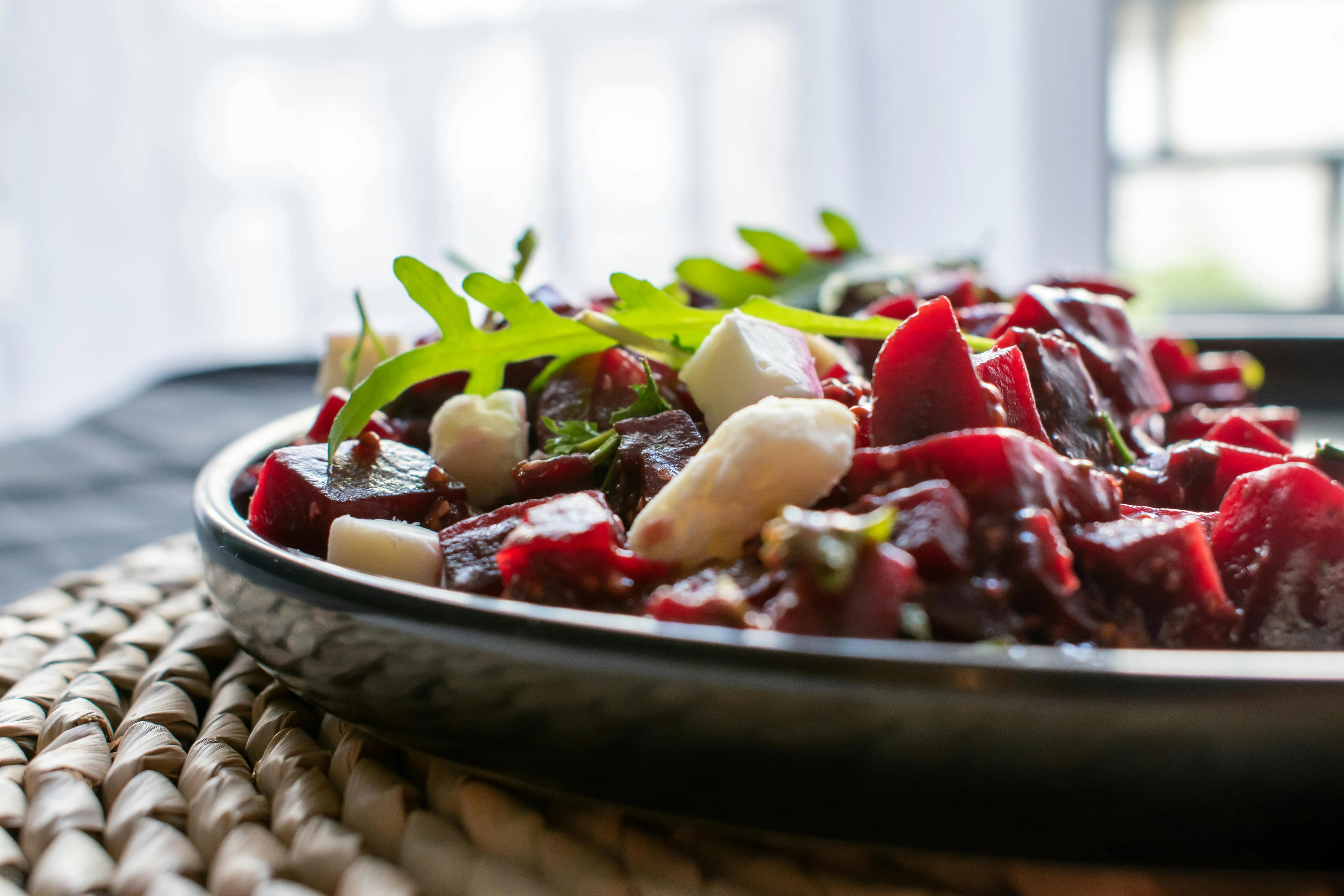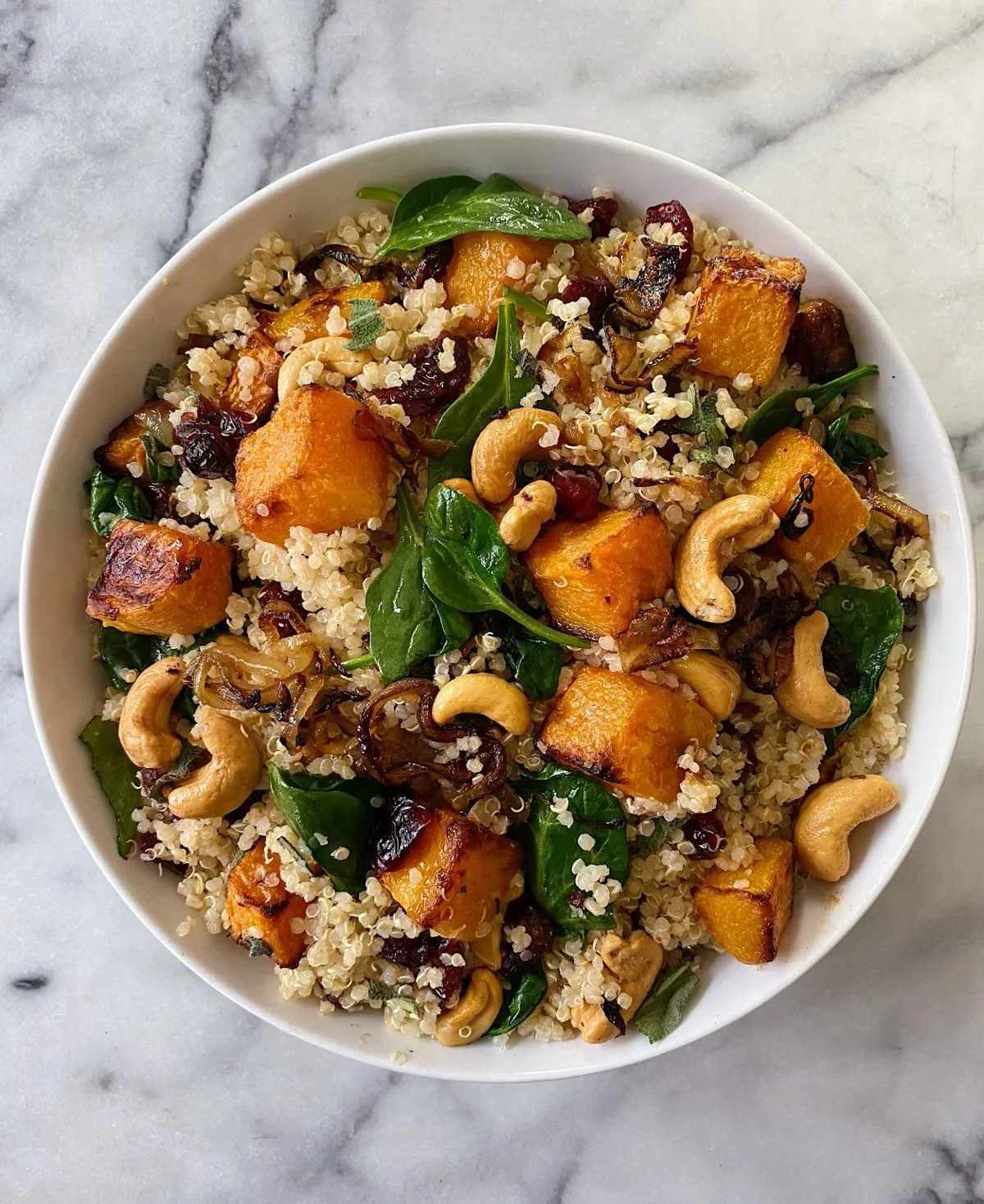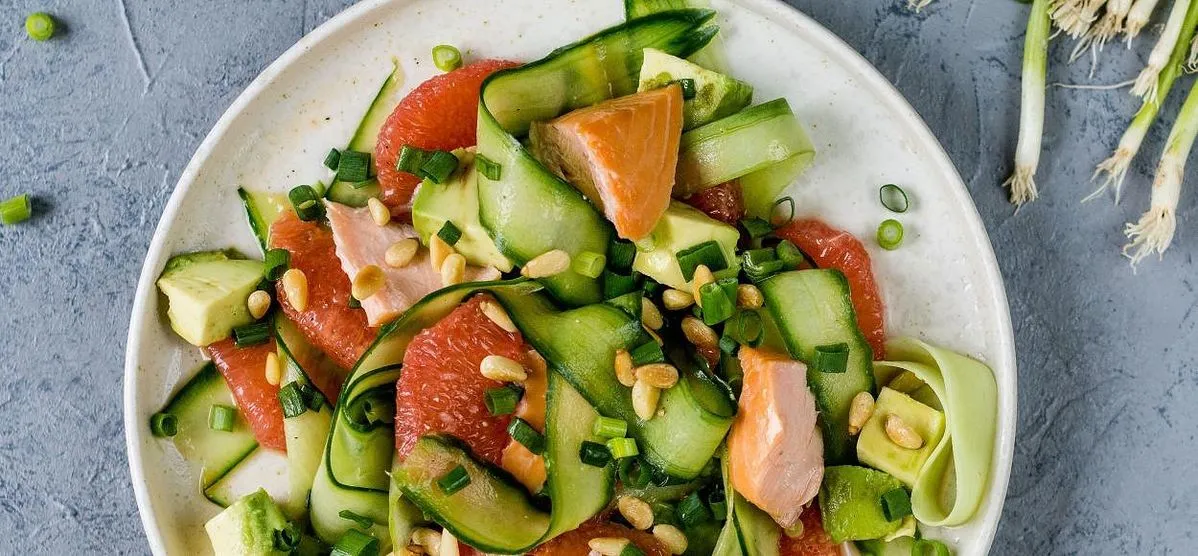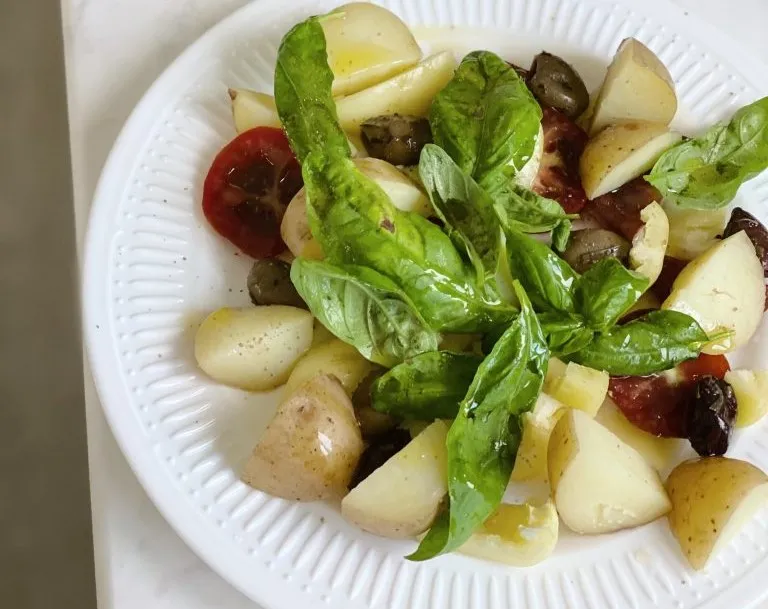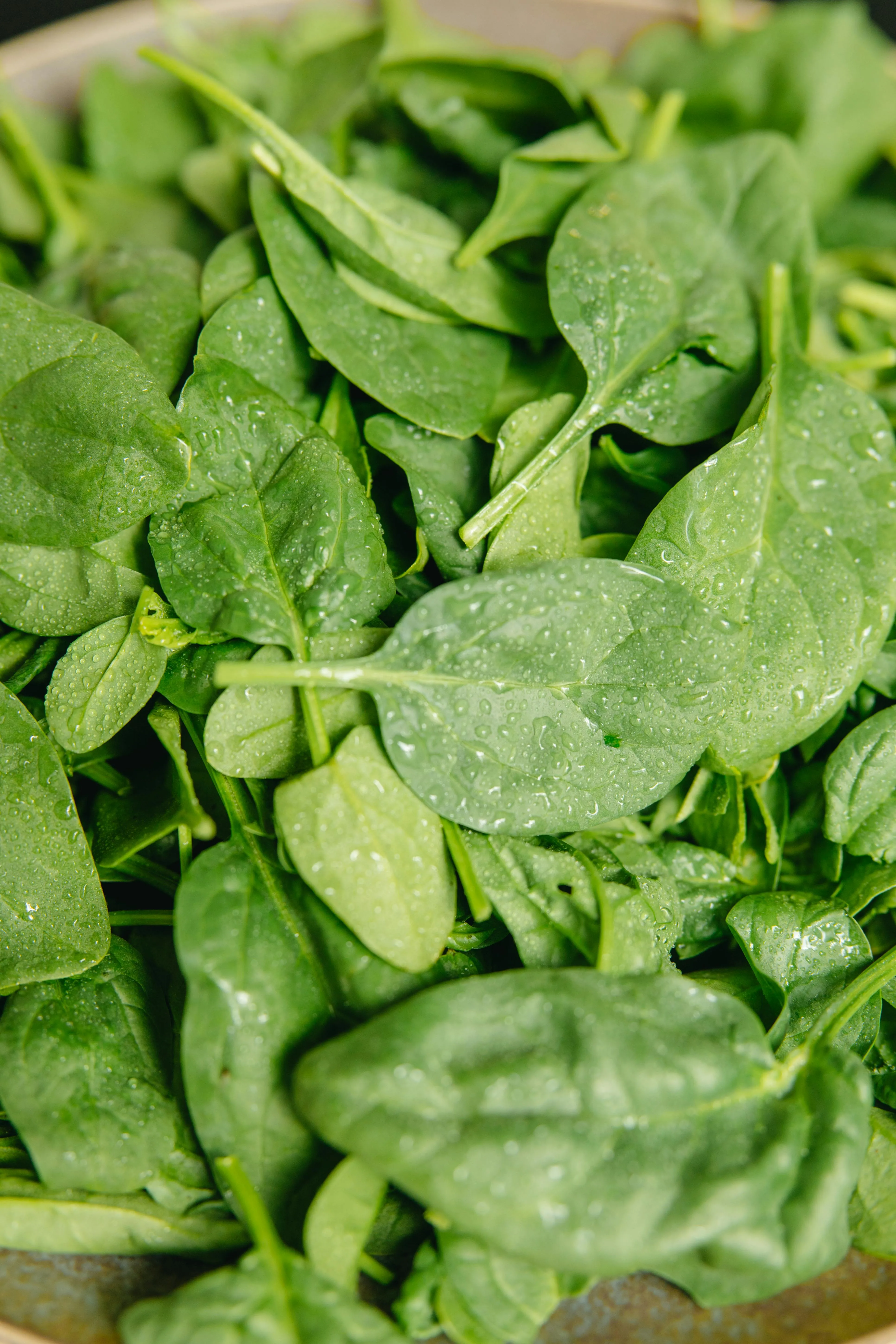
Modern spinach likely originates from wild spinach, which is native to the Caucasus and Western Asia. It is mentioned in the Syrian treatise "Nabataean Agriculture" (4th century). Spinach reached Western Europe in the 13th century and began to be actively cultivated in our region in the 18th century. Today, it is grown in the USA, China, Japan, and European countries, though it remains relatively uncommon in our area.
Health Benefits
Spinach is rich in vitamins C, B1, B2, B6, K, D, E, and PP, as well as folic and pantothenic acids, which are especially important for pregnant women. Due to its high content of organic iron, potassium, phosphorus, magnesium, and iodine, spinach is beneficial for heart health, blood vessels, digestion, and vision, and it helps prevent anemia and diabetes.
Contraindications
Because of its high oxalic acid content, spinach is not recommended for people with kidney diseases, gallstones, urinary stones, colitis, or enterocolitis.
Quick Recipe
Spinach tastes great not only in salads but also when served warm.
Take a large bunch of spinach, wash it thoroughly, and pat it dry.
Melt butter in a pan (or use olive oil for a lighter option) and sauté the spinach for 2 minutes.
Gently press out any excess liquid, place the spinach on a plate, and serve as a side dish or a base for fish or meat.
Simple, healthy, and incredibly delicious!
Quick Recipe
Spinach tastes great not only in salads but also when served warm.
Take a large bunch of spinach, wash it thoroughly, and pat it dry.
Melt butter in a pan (or use olive oil for a lighter option) and sauté the spinach for 2 minutes.
Gently press out any excess liquid, place the spinach on a plate, and serve as a side dish or a base for fish or meat.
Simple, healthy, and incredibly delicious!


